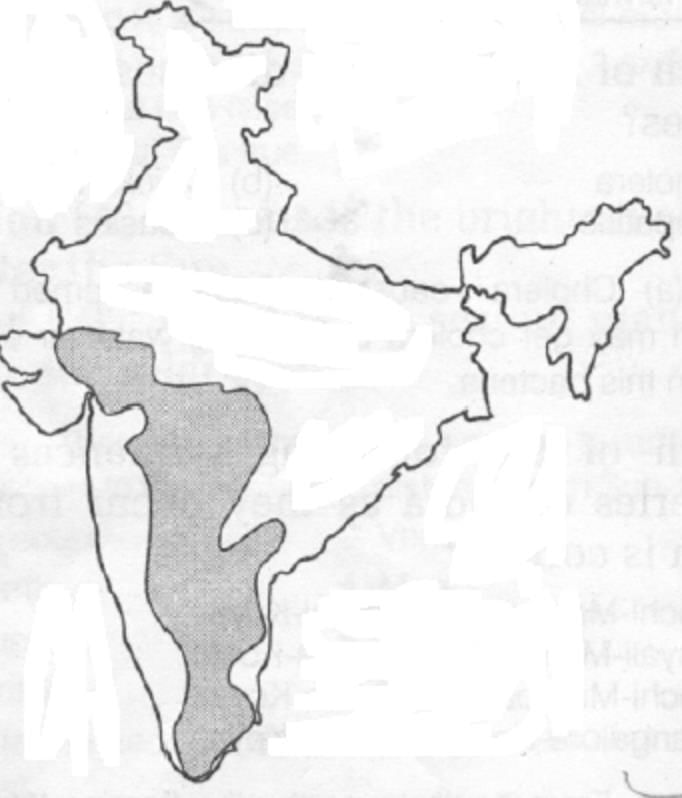Test: Agriculture - 2 - UPSC MCQ
20 Questions MCQ Test Geography for UPSC CSE - Test: Agriculture - 2
Consider the following statements
1. Rural forestry aims to raise the trees on community land and privately owned land.
2. Farm forestry encourages individual farmers to plant trees on
their farmland to meet the domestic needs of the family.
Which of the statement(s) given above is/are correct?
Which of the following are responsible for the decrease of per capita holding of cultivated land in India?
1. Low per capita income.
2. Rapid rate of increase of population
3. Practice of dividing land equally among the heirs.
4. Use of traditional techniques of ploughing.
Select the correct answer using the codes given below:
Which of the following are not examples of shifting cultivation? Select the correct answer from the codes given below:
1. Ladang
2. Jhum
3. Pondu
4. Fazenda
Codes:
Consider the following statements and select the correct answer by using the codes
Assertion (A): Assam is the largest producer of tea in India.
Reason (R): Cheap tribal labour is available in abundance in Assam
Codes:
A state in India has the following characteristics:
1. The northern part is arid and semiarid.
2. Its central part produces cotton.
3. Cultivation of cash crops is predominant over food crops.
Which one of the following states has all of the above characteristics?
Which one of the following statements is not correct regarding tank irrigation in peninsular India?
Consider the following statements:
1. In India, natural rubber is produced in southern India only.
2. Among the coffee-growing states of India, the lowest average yield per hectare of plucked coffee is in Kerala.
Which of the statements given above is/are correct?
Among the following states, which one has the most suitable climatic conditions for the cultivation of a large variety of orchids with a minimum cost of production and can develop an export-oriented industry in this field?
Consider the following statements and choose the correct codes given below:
1. Jhum cultivation is adopted in the North-Eastern State of India.
2. Jhum cultivation is a process of afforestation.
The shaded area in the map given below is the major producer of which one of the following?

The agricultural production in different parts of India is very much affected by varying intensities of floods and droughts. Which one of the following measures would not be sustainable in this respect?
(a) Provision for extensive irrigation facilities
(b) Change in the crop calendar
(c) Avoidance of flood and drought-prone areas for agriculture
(d) Emphasis on the selection of crops best suited to flood and drought conditions
Which among the following monoculture crops provide(s) immediate cash to the farmers?
1. Tea in Assam
2. Rubber in Africa
3. Sugarcane in Malaysia
4. Coffee in Brazil
Farmers are requested to mix lime with soil while farming their fields. This is because
Leaves of which of the following plants are not used for the rearing of silkworms?
Which of the following statements are correct?
1. Assam produces nearly 80% of jute in India.
2. Jute grows well on loamy soil.
3. Hot and humid conditions are ideal for growing jute.
4. Jute is commonly cultivated with wheat in rotation.
Select the correct answer using the code given below:
Calcium ammonium nitrate (CAN) is a popular nitrogen fertilizer because it is
Which one of the following agriculture practices is eco -friendly?
|
263 videos|875 docs|232 tests
|














